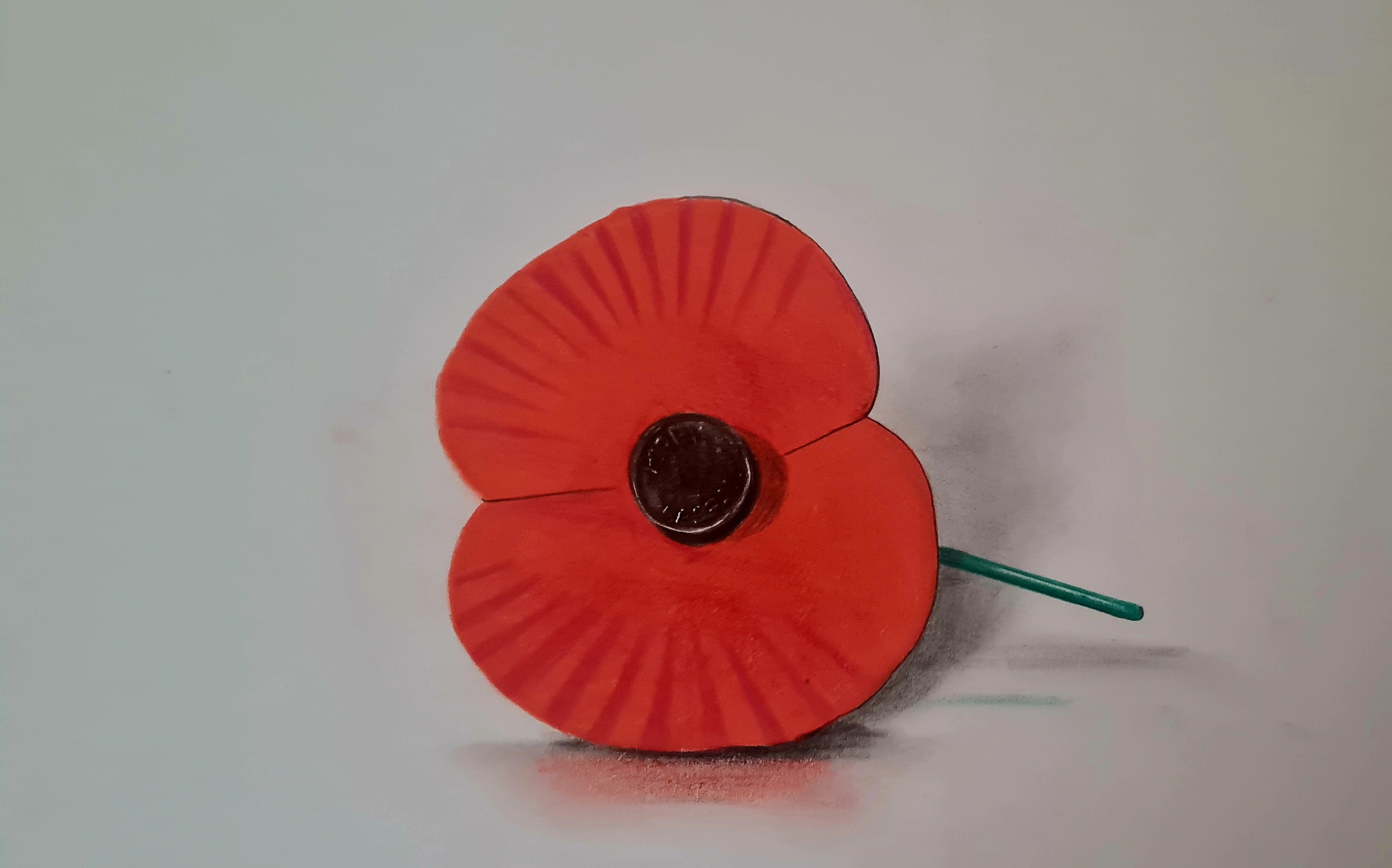January... Posted on 4 Jan 12:58
New Year, new start!
Dave has announced that he's going to change the way that things are run on the website this year. After discussions with other artists and online creators, he's decided to downsize the website. We currently offer over 500 of Dave's creations as gicleé quality prints...and that's just far too many to manage.
So we'll be closing down the website at the end of January and having a redesign.
Dave wants to get the available prints down to under 100 to make things simpler, so a lot of designs will be discontinued.
Unfortunately the price of prints will also be increasing. We've absorbed supply increases for the last few years, but it's no longer financially viable to keep the prices down. They'll be increasing by around 20% when the website reopens.
However, we are going to have a bit of a 'January/Clearance' Sale where all stock that we are currently sitting on will be reduced to below cost price...and we'll be throwing in a load of originals that Dave has to let go too...his new place just doesn't have the storage space for it all!
So keep checking in during January if you want to grab a bit of a bargain! 🥳
